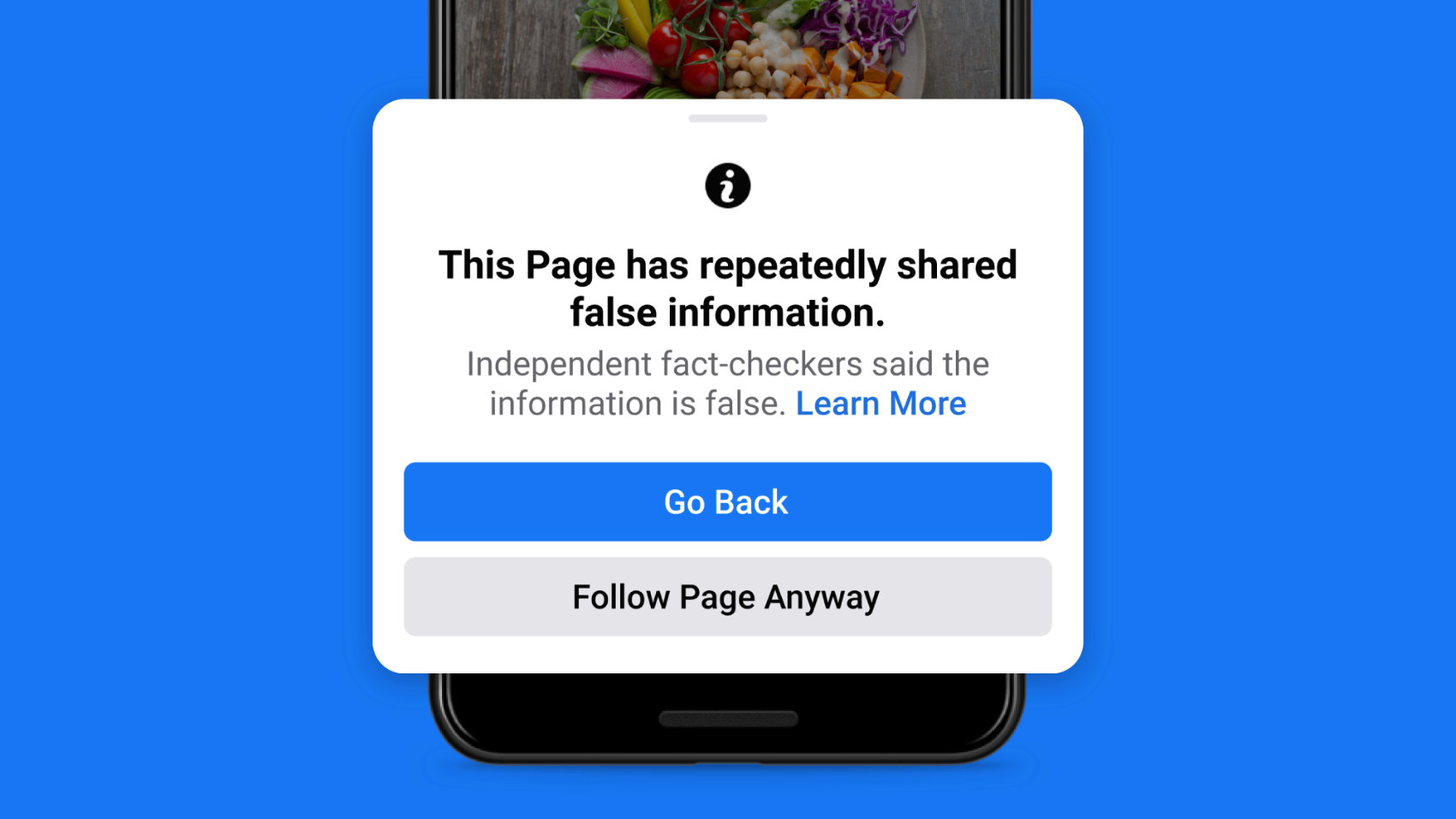After spending some time looking through the list of Facebook’s heaviest hitters I couldn’t help but notice a trend of characteristics that worked in favor of nurturing a positive, active social interaction between the brand and the fans. However nothing is perfect and the same can even be said for the top three Branded Facebook Fan Pages as there are a handful of things that could be improved to make their social efforts even more successful.

One Chance to Make a First Impression
First impressions make lasting statements both in reality and the virtual world. Much like a firm handshake and an inviting smile help break the ice during an introduction, a Facebook welcome page is a great way to say hello to new visitors while inviting them to explore the page’s content and become a fan. Interestingly enough, only one of the top three branded pages welcomes non-fans in this fashion. Both YouTube and Facebook’s Fan Page goes straight to the wall while Starbucks’ page directs non-fans to a tab inviting visitors to “Join the Starbucks Pumpkin Spice Latte Celebration.” This is a great example of providing non-fan visitors with compelling content promoting a seasonal product without blatant advertising. The result is an approachable social interaction that gives the users’ visit a purpose and directs them to further investigate the page, and ultimately click the Like button.
Socializing Requires a Two-Way Street
Once users eventually arrive on the wall of a Fan Page, whether directly or after visiting a landing page, it’s important that the wall appears organized and uncluttered. Unfortunately many companies believe keeping a tidy wall requires restricting or eliminating user posts. This could give off the wrong impression that a company is too worried about what others might say about them to allow user posting and it denies users the freedom of interacting with each other without the direction of the brand. The use of a display filter can offer greater flexibility that doesn’t remove the users’ ability to post comments to a page’s wall yet still maintains a neat, organized wall by default.
Facebook’s own Fan Page only allows for site managed comments to show up with no option for users to post or view comments of their own while both Starbucks and YouTube defaults to their own comments but enables a filter that allows users to choose from viewing just YouTube’s comments, just others’ comments or all comments. This gives users a clean glance at the official posts on the wall with the additional functionality of being able to post their own thoughts, feelings and experiences with others, resulting in a more open, inviting social experience than that of Facebook’s Fan Page.
However, this doesn’t mean that your fans should be given free rein to post anything and everything under the sun. Careful monitoring and moderation are crucial for insuring that discussions remain on track and are void of vulgar or offensive material. Maintaining a balance between healthy discussion and a sense of structure lets visitors know their thoughts are being heard and that someone is watching over things to keep comments from getting out of hand while encouraging an inviting atmosphere.








